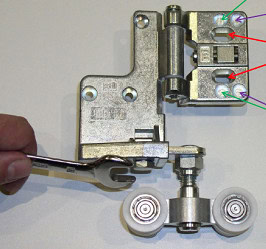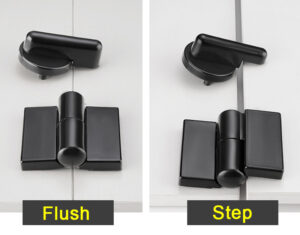Offset pivot hinges are crucial in various door installations, providing a sleek and functional approach to door movement.
However, their unique design and installation requirements often lead to a series of questions and challenges. This post aims to address the top ten frequently asked questions about offset pivot hinges, diving deep into each concern to provide clarity and solutions.
Understanding these components’ nuances can significantly impact the performance and longevity of your doors. Let’s explore the common issues and their resolutions to ensure your doors operate smoothly and efficiently.
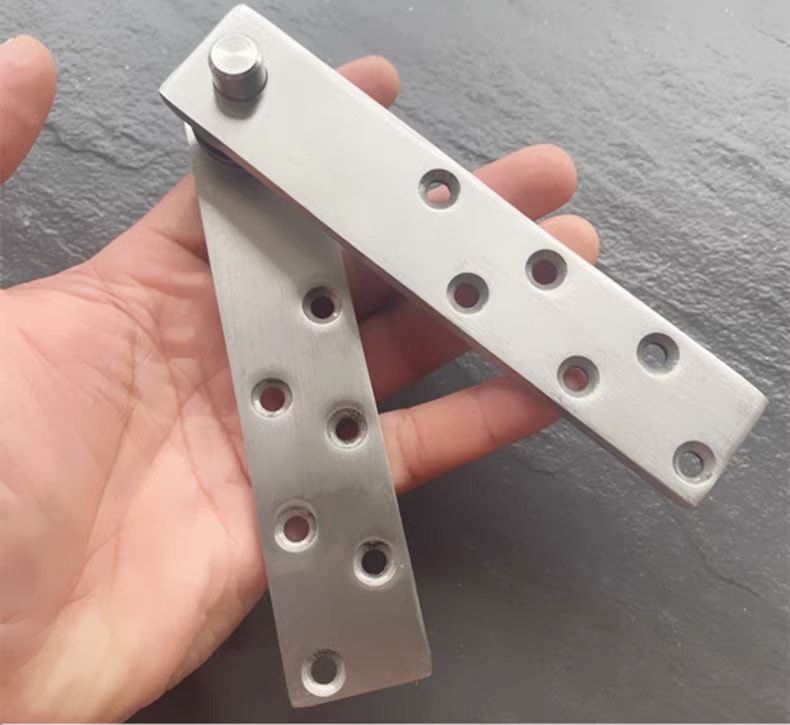
Misalignment issues leading to improper door operation?
Misalignment in offset pivot hinges can result from improper installation or settling of the structure. This misalignment causes the door not to open or close correctly, leading to difficulties in operation and potential damage to the door or frame.
To correct misalignment, it is essential to adjust the pivot points or the hinge itself, ensuring that the door is plumb and level. This may involve loosening the hinge screws to realign the door before tightening them back into place. Regular maintenance checks can prevent misalignment issues from becoming a significant problem.
Wear and tear on the pivot points, causing looseness or sagging?
The pivot points of an offset hinge bear the door’s weight, leading to wear and tear over time. This wear can cause the door to become loose or sag, affecting its operation and appearance.
Addressing this issue typically involves replacing the worn components of the hinge. In some cases, adjusting the tension on the pivot points can temporarily improve the situation. However, for a long-term solution, replacing the affected parts or the entire hinge is often necessary.
Difficulty in adjusting the tension or position for proper door alignment?
Adjusting the tension or position of an offset pivot hinge is crucial for proper door alignment. However, this can be challenging due to the precision required and the potential need for specialized tools.
Proper adjustment involves carefully manipulating the hinge’s tension screws or adjustment mechanisms. This task requires a detailed understanding of the hinge’s design and operation. Professional assistance may be necessary to achieve optimal alignment and functionality.
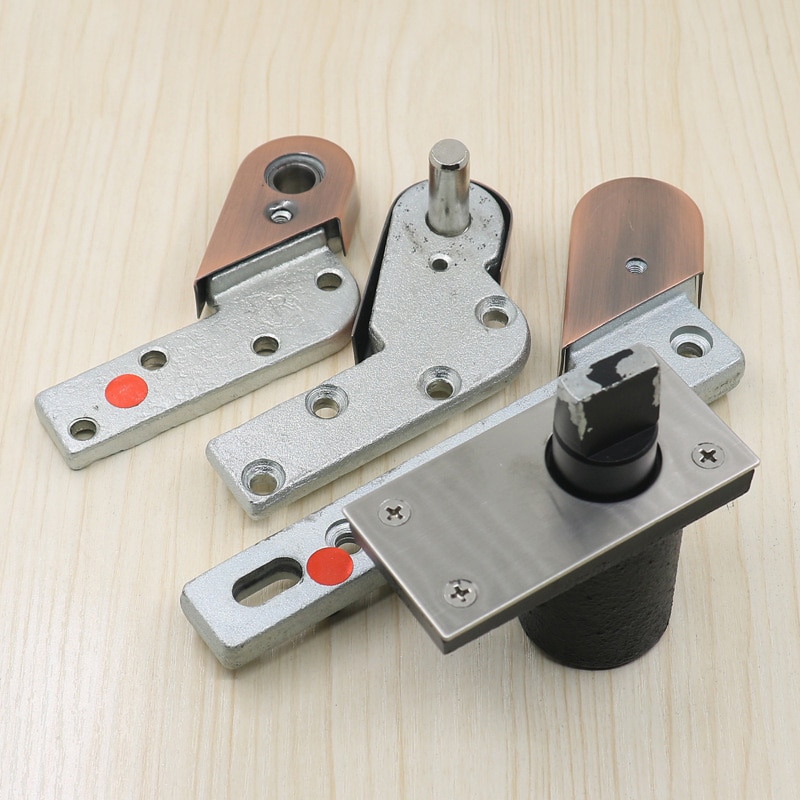
Corrosion or rusting of metal components, affecting movement and strength?
Metal components of offset pivot hinges are susceptible to corrosion or rust, especially in humid or coastal environments. This deterioration can impair the hinge’s movement and reduce its strength, compromising door security and functionality.
Preventative maintenance, including regular cleaning and application of corrosion-resistant coatings, can protect these components. If corrosion or rust is already present, it may be necessary to replace the affected parts or the entire hinge to ensure continued performance.
Difficulty in installation, requiring precision and often professional help?
The installation of offset pivot hinges requires precision due to their unique operation and placement. Incorrect installation can lead to several issues, including misalignment and improper functioning of the door.
It is often recommended to seek professional help for the installation of offset pivot hinges to ensure accuracy and reliability. Professionals have the tools and expertise necessary to install these hinges correctly, preventing future issues and extending the door’s lifespan.
Limited load capacity, leading to hinge failure under excessive weight?
Offset pivot hinges have a specific load capacity, which, if exceeded, can lead to hinge failure. This limitation can be a significant concern in doors made of heavy materials or in high-traffic areas.
To prevent hinge failure, it is crucial to select a hinge with a suitable load capacity for the door’s weight and usage. In some cases, using multiple hinges or a different type of hinge may be necessary to distribute the weight more evenly.
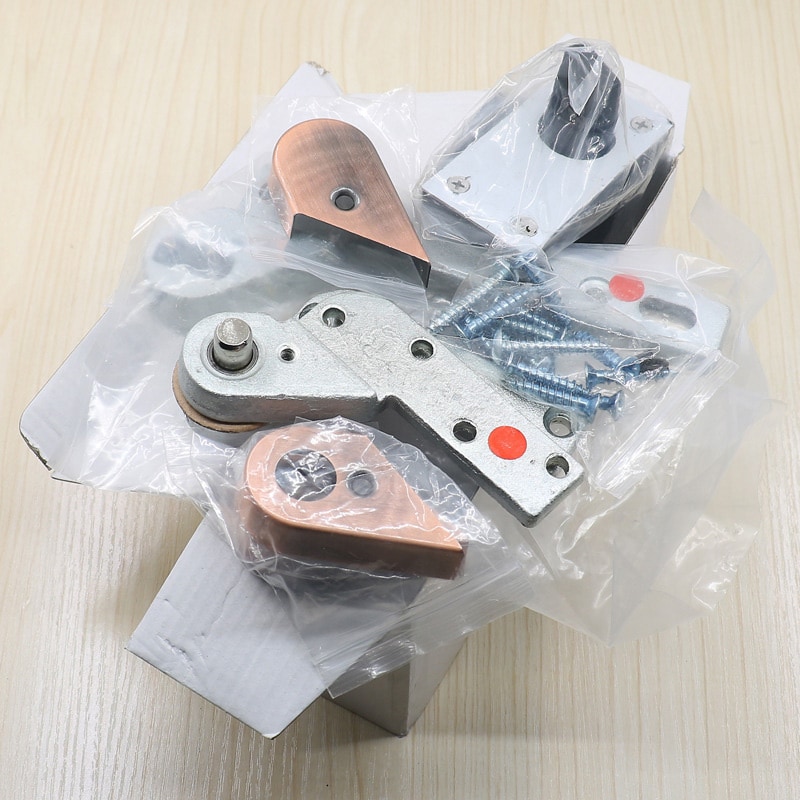
Incompatibility with certain door materials or designs?
Not all offset pivot hinges are suitable for every door material or design. Some hinges may not be compatible with certain types of wood, metal, or glass doors, limiting their application.
When selecting an offset pivot hinge, it is important to consider the door’s material and design. Manufacturers often provide specifications and recommendations to ensure compatibility and optimal performance.
Noise or squeaking due to lack of lubrication or wear?
Noise or squeaking from an offset pivot hinge is typically a sign of lack of lubrication or wear and tear on the components. This issue can be annoying and may indicate that the hinge requires maintenance.
Regular lubrication with an appropriate product can prevent noise and extend the hinge’s lifespan. If wear is the cause, replacing the worn components or the entire hinge may be necessary.
Damage to floor or ceiling surfaces where the pivot points are installed?
The installation of offset pivot hinges involves attaching pivot points to the floor or ceiling, which can cause damage to these surfaces if not done correctly.
To minimize damage, it is crucial to follow the manufacturer’s installation instructions carefully and use the appropriate tools and materials. In some cases, protective plates or pads may be used to shield the surface.
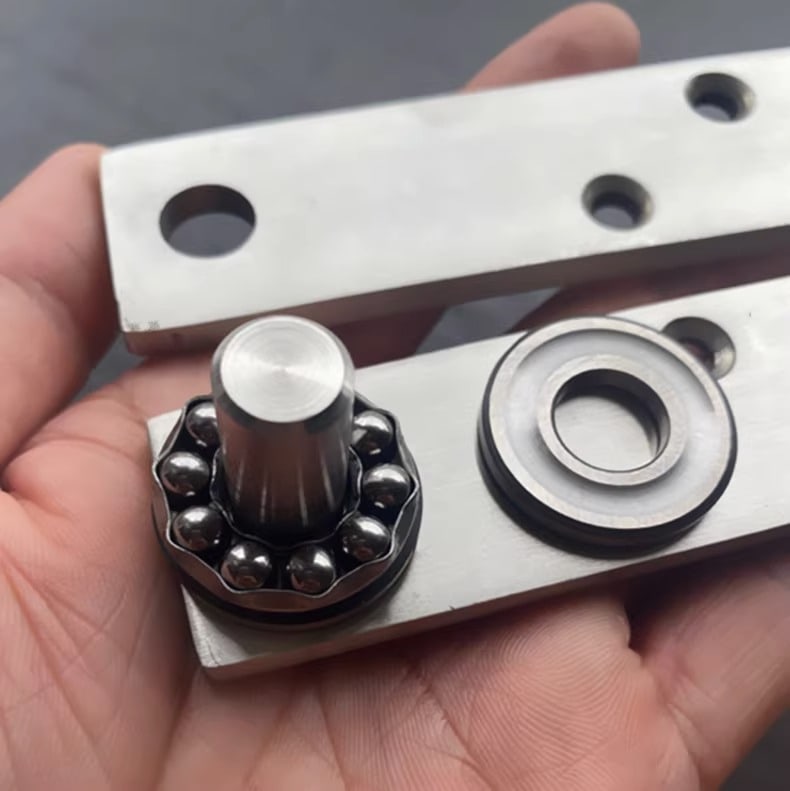
Limited availability of replacement parts or specific types of pivot hinges?
Finding replacement parts or specific types of offset pivot hinges can be challenging, especially for older or less common designs. This limitation can complicate maintenance and repairs.
To address this issue, it may be beneficial to purchase hinges from reputable manufacturers with a proven track record of support and availability of replacement parts. Planning for future maintenance by acquiring additional parts at the time of initial purchase can also be a wise strategy.
Conclusion
Offset pivot hinges are essential for achieving functional and aesthetically pleasing door installations. However, their unique design and operational requirements can pose challenges. By understanding and addressing the top ten frequently asked questions, you can ensure the longevity and efficiency of your door installations.
As a professional industrial hinge manufacturer, we specialize in customizing industrial hinges to meet your equipment installation needs while ensuring quality and offering competitive prices. For customized solutions that fit your specific requirements, feel free to contact us for a quote.
You might be interested:
- 10 Common Knowledge About Heavy Duty Piano Hinges
- Top 10 Common Things to Know Before Purchasing Brass Piano Hinges
- 10 Things to Know Before Purchasing Aluminium Piano Hinges

